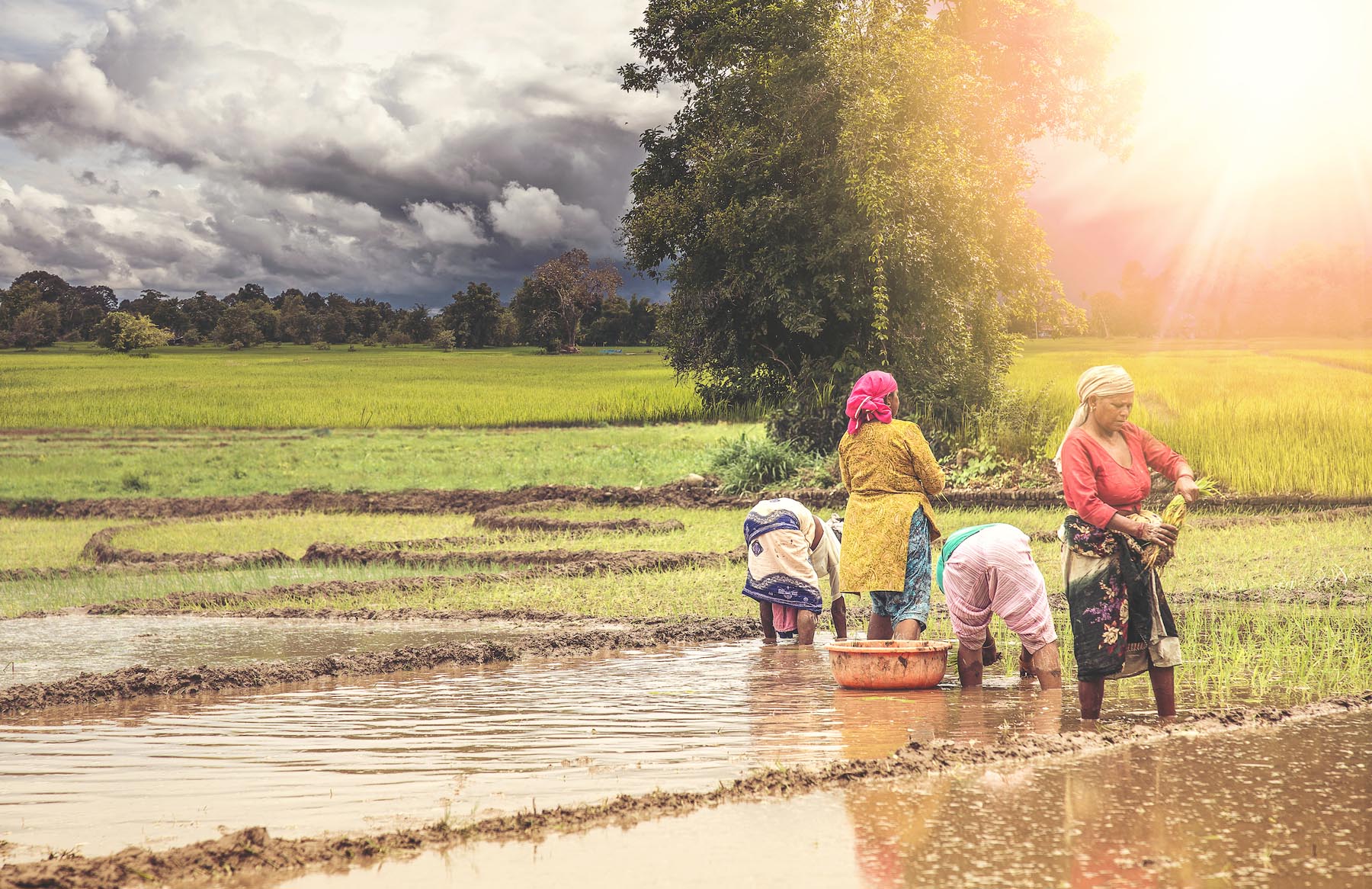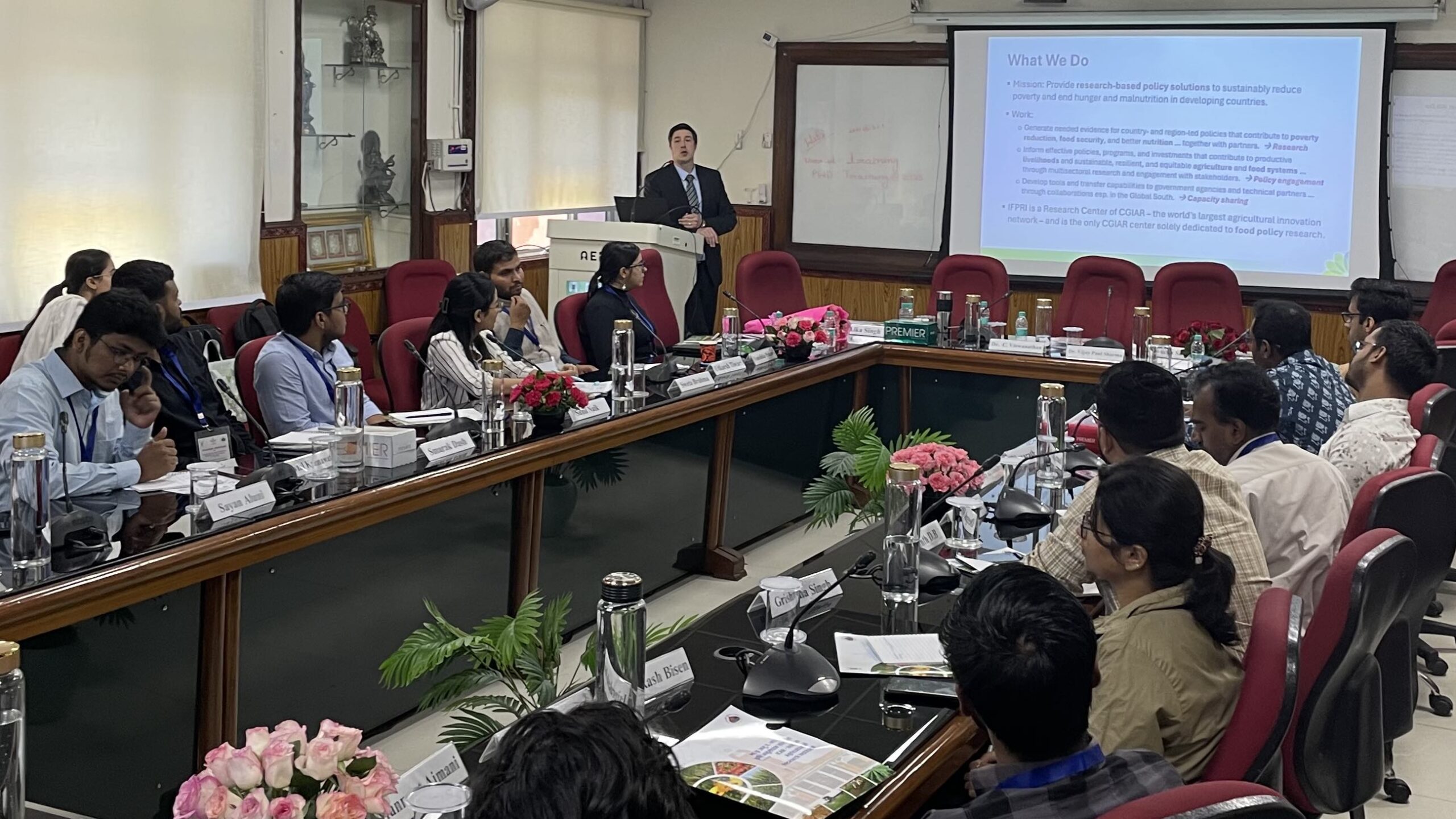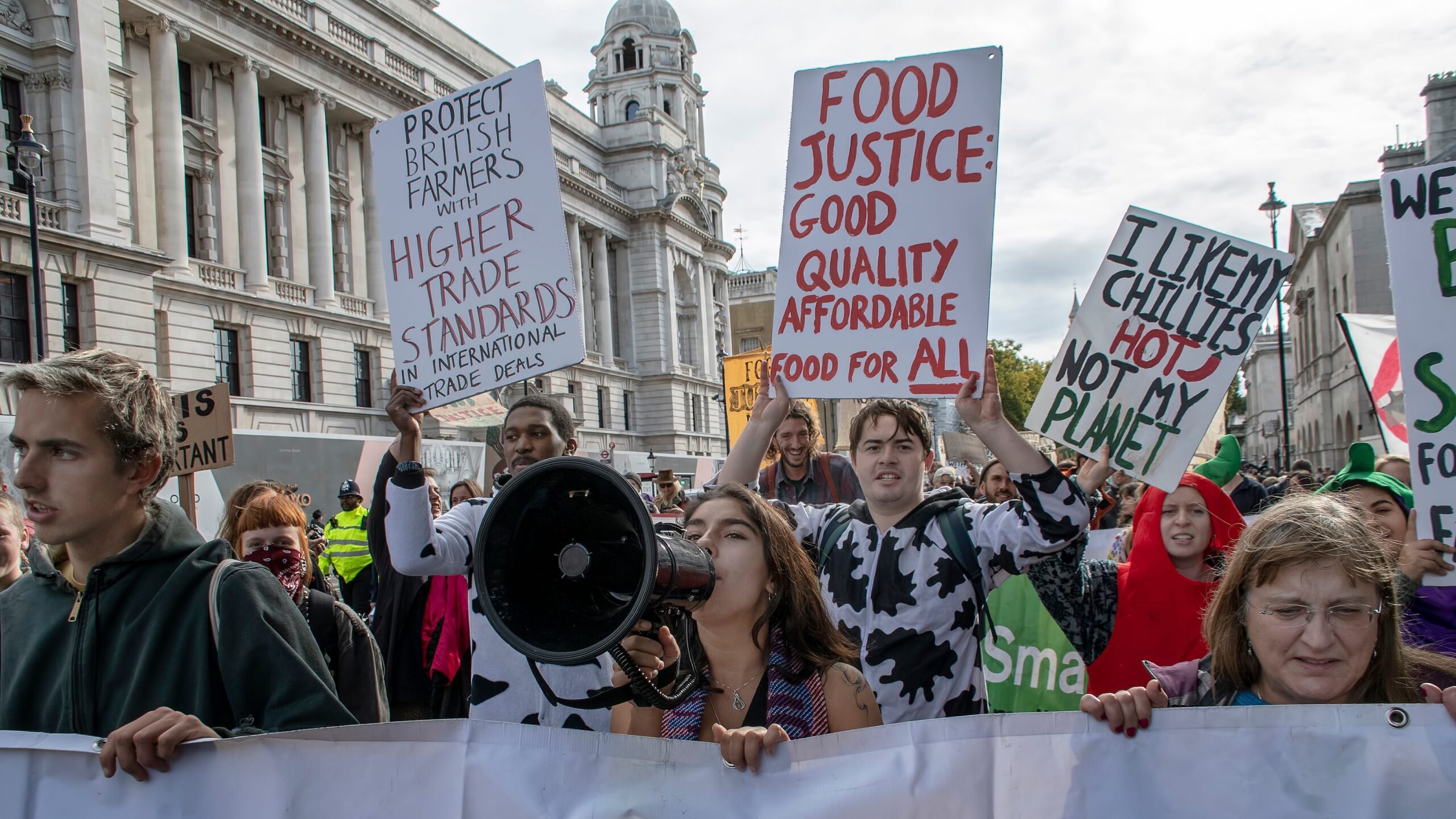This post by Howarth Bouis, Director of HarvestPlus, which is coordinated by IFPRI and CIAT, is part of a series produced by The Chicago Council on Global Affairs marking the occasion of its annual Global Food Security Symposium in Washington, D.C., which was held on May 21st. For more information on the symposium, click here. Follow @globalagdev and #globalag on Twitter to join the conversation.
When policymakers talk about rising food prices, they lump all food together — but what they mean is cereal prices. When cereal prices go up, rising food prices make the headlines. Then when cereal prices go down, food prices cease to be a topic for discussion. It is well-known that the Green Revolution brought cereal prices down in South Asia over the long run. The real problem, though, is that non-staple food prices have been steadily and inexorably rising in developing countries for the past 40 years.
Before I traveled to India earlier this year, I had done some analysis of trends in food prices since 1970. Real cereal prices in India declined substantially between 1970 and 1990, by some 40%. They have since risen but not to their 1970s level. Major investments in milk production in India have also led to cheaper milk over the past 40 years. But other than cereal and milk, the prices of all other food groups have gone up over this period by more than 50%. These include fruits, vegetables, lentils, fish, and other meat products, all of which are rich in minerals and vitamins.
While in New Delhi, I found myself, a bit unexpectedly, giving a seminar to a rather distinguished group of Indian policymakers—in fact, both the Secretaries of Agriculture and Food were present. With no evidence other than food price indices from the past 40 years, I argued, quite passionately, that, if there is to be a meaningful improvement in nutrition in India, something must be done to reverse the trend in rising non-staple food prices.
I think it is common sense that the poor, when faced with these common price scenarios, have only one option—to consume more rice or wheat and fewer vegetables and lentils – often with dire consequences. For example, if you simulate an across-the-board 50% increase in food prices in Bangladesh, it leads to a 30 percent decline in iron intakes, but only a modest percentage decline in caloric intake. A study of the Indonesian financial crisis of 1997-98 showed that when prices of most food groups doubled, there was a measurable decline in children’s blood iron levels.
The poor get priced out of good nutrition, and the price they pay is too high. In the developing world, for simple lack of iron in their diets, one out of two women risks death when giving birth to their children and half of all children are at risk of a reduced IQ. These children, who should be a reflection of a family’s happiness and potential, mirror instead our failure to ensure their basic well-being and future.
And that is where policymakers and researchers have fallen short. When I first started working at IFPRI 30 years ago, I analyzed how economic policies affect food consumption choices and nutritional outcomes. And, finally, I realized that getting enough energy (calories) wasn’t the main problem—the main problem was people were not getting enough vitamins and minerals. The huge difference between lower-income and higher-income groups is in their consumption of non-staple foods—fruits, vegetables and pulses. I think that’s what is limiting better nutrition, not just in India, but in much of the developing world.
What it to be done? First we all have to stop equating food with cereals—not all foods are the same. Second, we have to make vitamins and minerals cheaper and more widely available to poor households. Both scientists and policymakers must find ways to increase the productivity of non-staple food crops and bring their costs down – as was done for milk in India. Biofortification can help lower the cost of some key minerals and vitamins by breeding them right into the cereals and grains that the poor eat every day. This is only a partial solution, however; we must put a more diverse and affordable diet within the reach of the poor.







